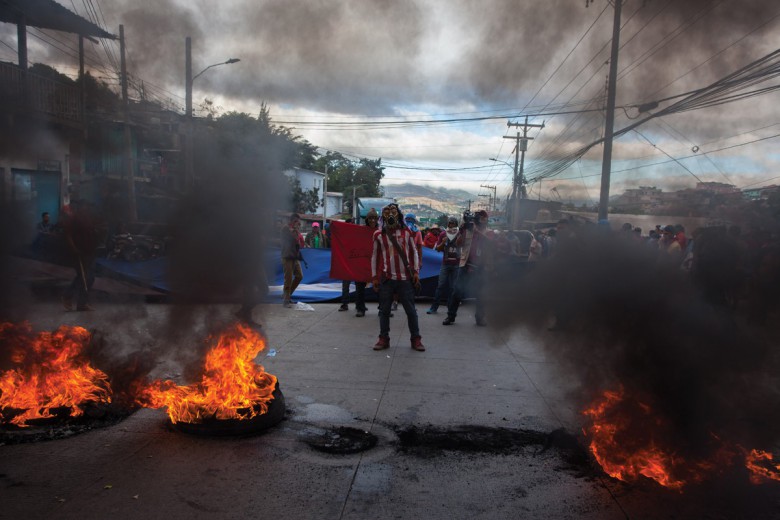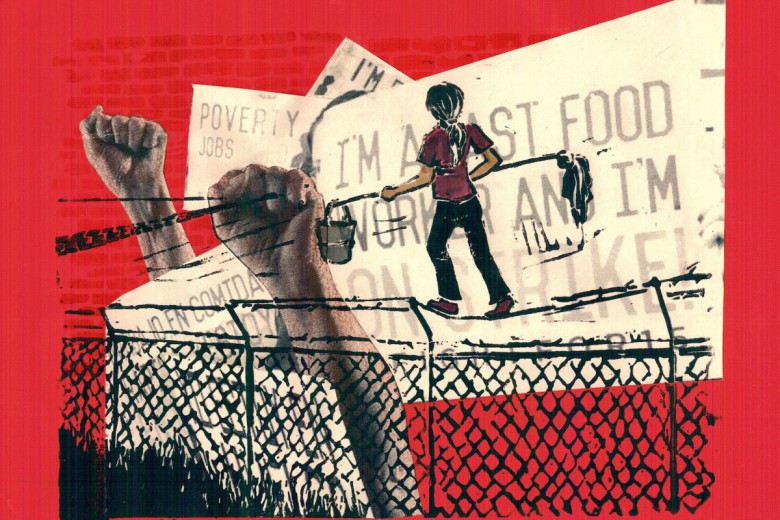Taking Responsibility, Taking Direction: white anti-racism in Canada
Sheila Wilmot
Arbeiter Ring, 2005
Canada’s history of racism is certainly ugly, and perhaps its most troubling aspect is that it is ongoing. Shelia Wilmot’s Taking Responsibility, Taking Direction: White Anti-Racism in Canada is significant as one of the few existent texts addressing the position of white activists in the struggle against racism in Canada.
The book’s structure is fairly simple: it justifies the importance of exploring white anti-racism, defines some key terms, sketches the historical context of racism in Canada, outlines how white activists and unionists currently learn about anti-racism, and then makes some suggestions for improving white anti-racist organizing in Canada. But despite this orderly structure, the book sometimes loses focus and is restrained by its brevity from more fully engaging such a sizable topic.
Wilmot’s condensed history of racism in Canada effectively integrates anti-capitalist, feminist, and anti-racist frameworks. Contrary to the Canadian establishment claims of an inclusive multicultural nation, Wilmot describes how the Canadian state has participated in the systemic denial of Aboriginal self-determination and the exploitation of people of colour. Eschewing the class reductionism so common on the left, she argues that racism is inextricably linked with capitalism and sexism, and that none of those “isms” can be reduced to a symptom of another. Thus, for instance, racialized women suffer disproportionately under this racist, patriarchal, capitalist system. Simultaneously, this system privileges whiteness, maleness and money. Wilmot clearly articulates an integrated understanding of the structure of inequity and presents a potent prism for understanding Canadian society.
Looking at the ways that white activists currently learn about anti-racism, Wilmot addresses diverse debates and audiences. She accessibly explains the power relationship between whiteness (the privileged centre) and difference. She further challenges the “radical” glorification of direct action, asserting the necessity of developing tactics appropriate to the context. At times, however, Wilmot weighs in on debates in anti-racist theory without adequately contextualizing them. For instance, she simply tacks on a passionate denunciation of the efficacy of the journal Race Traitor’s proposals for white activists to simply disavow whiteness, but fails to adequately explain the position she is opposing.
Wilmot provides an interesting but all too brief discussion of recent anti-racist organizing in Canada. She highlights some of the too-often neglected work done by white anti-racist activists, and some of the lessons participants have learned, but focuses primarily on organizations based in Canada’s major metropolitan centres, often surrounding immigrant rights. White organizing efforts around Aboriginal rights outside of these larger centres remains largely neglected. Furthermore, Wilmot paints only a general picture of each anti-racist organization based on limited interviews with key organizers. The analysis would have benefited from a more complex depiction of these organizations based on a larger number of interviews. It would be particularly informative to hear the critiques of people of colour of the role of white activists and their organizations.
Wilmot’s prescriptions for improving white anti-racist organizing—taking responsibility and taking direction—provide a useful guide to anti-racist activism. White people must interrogate their own privilege and challenge their taken-for-granted notions as part of any meaningful anti-racist practice. Furthermore, white activists must discard our sectarian rivalries and pursuit of ideological purity. Active engagement, rather, requires working with people from different positions. White activists need to recognize people of colour and Aboriginal people as both equal and different. This means building constructive anti-racist organizations and movements based on dialogue (taking direction) as well as personal reflection and accountability for privilege (taking responsibility). Wilmot proposes that striking a balance between taking responsibility and taking direction is vital to effective anti-racism. White activists must carefully develop relationships of solidarity with racialized peoples, rather than operating either as silent aides or paternalistic saviors.
As one of the first broadly accessible texts addressing the question of white anti-racism in Canada, Wilmot’s book represents an important contribution. Anti-racist activism remains deeply relevant today, as evidenced by the increased persecution of Arabs and Muslims in Canada, the continued denial of Aboriginal self-determination, and the recent Conservative government cuts to programs for immigrants, Aboriginal peoples, women, and the poor. We must continue to explore and expand how white activists contribute to the struggle against white supremacy (and all of the other oppressions with which it intersects).






